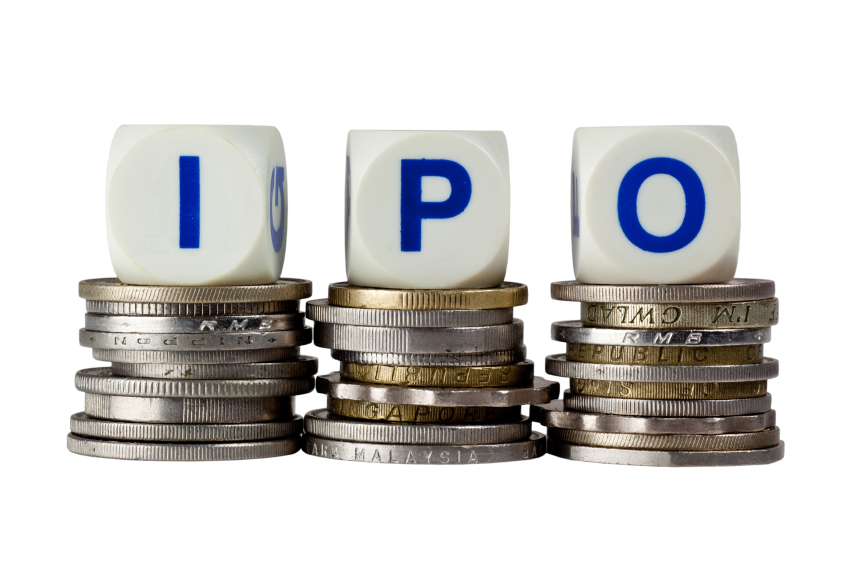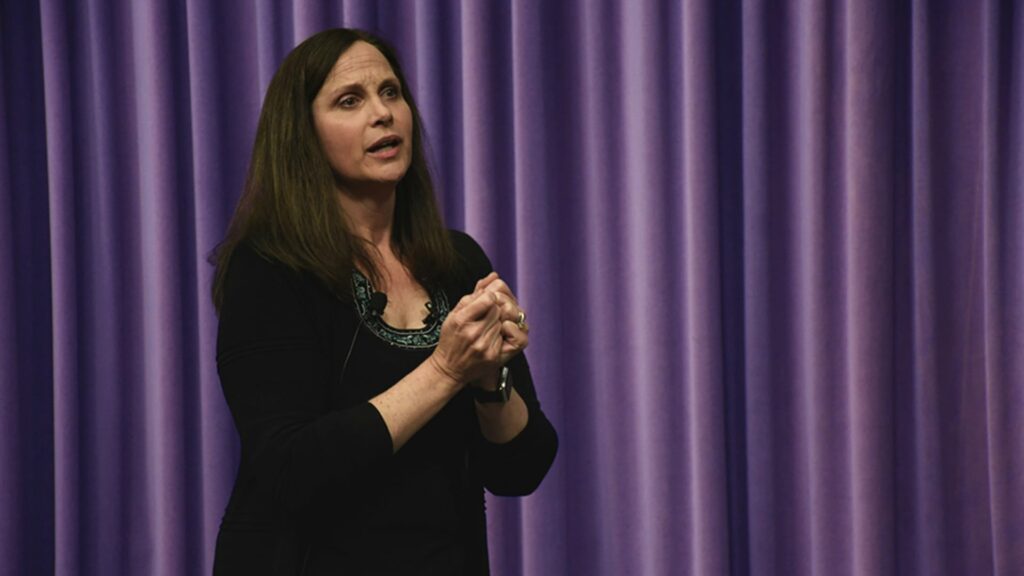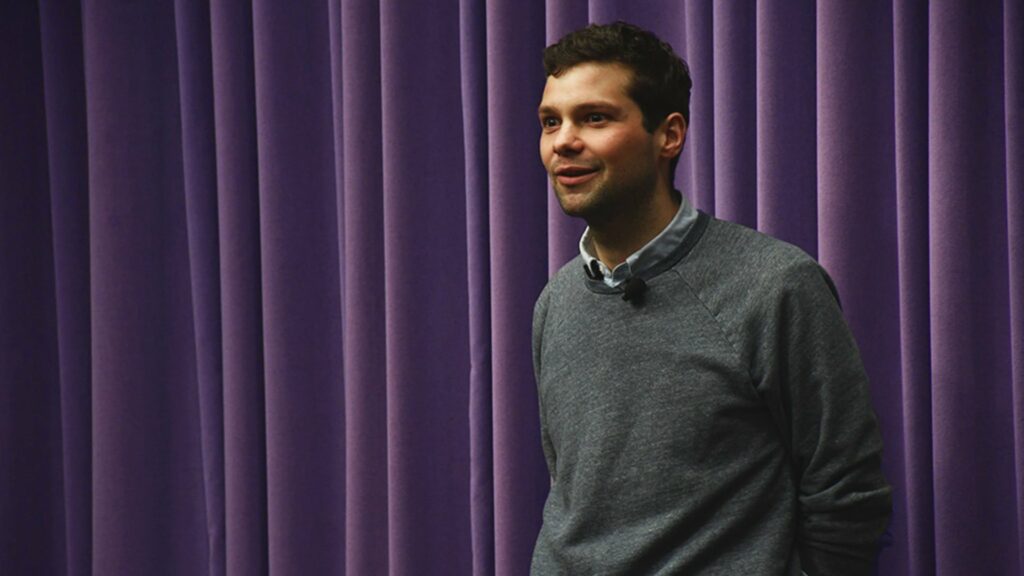
Ten years ago, every company founder dreamed of taking their startup public. Maybe they wouldn’t openly admit to fantasizing about an IPO, but this major event could provide a company with capital for expansion, while also rewarding early investors. But over the past decade, fewer companies have been able to take the IPO plunge. Why has this “dream” become so hard to achieve?
According to SecondMarket CEO Barry Silbert, the factors causing the long, slow death of the IPO also made a permanent impact on all public markets. In the video clip below, Silbert describes some of these factors, including the shift to online brokerages, reduced interest and research in small cap stocks, and the cost pressures of Sarbanes-Oxley compliance, among others.
So if you couldn’t go public, what else could you do? Over the past decade, one popular option was to make your startup an attractive target for acquisition. In fact, many companies just chose to define acquisition as the measure of success. However, according to Silbert, SecondMarket now offers a new way for startups to discover needed capital and liquidity, without being forced into public markets.
In the past few months, SecondMarket’s model has garnered participation from some high-profile companies, including Facebook, Zynga and Twitter. While investors speculate on the valuations of these companies, and when (if ever) they will go public, SecondMarket’s framework appears to be allowing these firms to not only raise capital, but to buy more time to consider their options.
View this clip of SecondMarket CEO Barry Silbert on ECorner.







